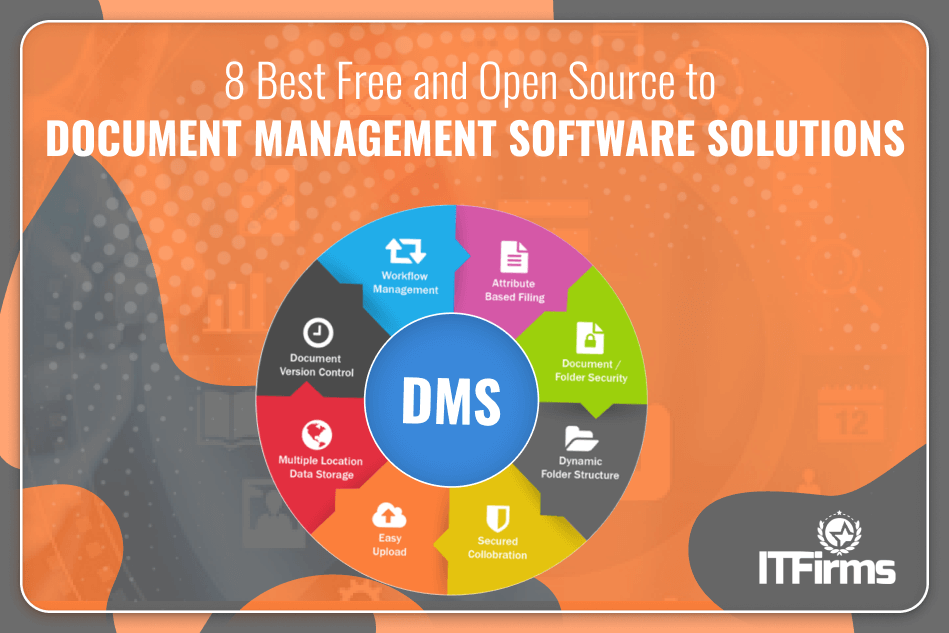Document management software solutions are transforming how businesses handle information. From streamlining workflows and enhancing collaboration to bolstering security and ensuring regulatory compliance, these systems offer a comprehensive approach to document control. This exploration delves into the various aspects of these solutions, examining their core functionalities, benefits, implementation, and future trends.
The increasing volume and complexity of digital documents necessitate efficient management systems. This guide provides a practical overview of selecting, implementing, and optimizing document management software, addressing the needs of businesses of all sizes. We will explore both on-premise and cloud-based options, highlighting key features and considerations for successful implementation and ongoing maintenance.
Defining Document Management Software: Document Management Software Solutions

Document management software (DMS) is a system used to manage and store documents, typically in a digital format. It streamlines workflows, improves collaboration, and enhances overall document organization, contributing significantly to increased efficiency and reduced operational costs within organizations of all sizes. Essentially, it provides a centralized location for all your important files, making them easily accessible and manageable.
Document management software offers a range of core functionalities designed to improve document handling. These include features such as document storage and retrieval, version control (tracking changes and revisions), metadata tagging (adding descriptive information for easy searching), workflow automation (streamlining approval processes), security features (access control and encryption), and integration with other business applications. These capabilities combine to create a more efficient and secure system for managing documents throughout their lifecycle.
Types of Document Management Systems, Document management software solutions
Different types of DMS cater to various needs and organizational structures. The choice depends on factors such as budget, IT infrastructure, and the specific requirements of the organization. Common types include:
- Enterprise Content Management (ECM) Systems: These comprehensive systems manage a wide range of content types, including documents, images, and videos, often integrating with other business applications like CRM and ERP systems. They are typically used by large organizations with complex document management needs.
- Content Services Platforms (CSPs): CSPs offer a more modular and flexible approach to content management, allowing organizations to choose and integrate specific components as needed. This approach provides greater scalability and adaptability to changing requirements.
- Simple Document Management Systems: These are less feature-rich systems, often suitable for small businesses or individuals with less complex needs. They may focus primarily on storage, retrieval, and basic version control.
Industries Utilizing Document Management Software
Numerous industries benefit significantly from implementing DMS. The ability to manage large volumes of documents efficiently and securely is crucial in many sectors.
- Healthcare: DMS is essential for managing patient records, ensuring compliance with regulations (like HIPAA), and improving collaboration between healthcare providers.
- Finance: Financial institutions rely heavily on DMS to manage contracts, financial statements, and other sensitive documents, ensuring compliance with regulations and maintaining audit trails.
- Legal: Law firms utilize DMS to manage case files, contracts, and legal documents, ensuring secure storage and easy access for lawyers and paralegals.
- Education: Educational institutions use DMS to manage student records, course materials, and administrative documents, streamlining processes and improving efficiency.
On-Premise vs. Cloud-Based Document Management
The choice between on-premise and cloud-based DMS depends on several factors. Here’s a comparison:
| Feature | On-Premise | Cloud-Based |
|---|---|---|
| Cost | Higher initial investment, lower ongoing costs | Lower initial investment, higher ongoing subscription costs |
| Security | Control over security infrastructure, but requires dedicated resources | Security managed by the provider, but reliance on third-party security |
| Scalability | Requires significant upfront planning and investment for scaling | Easy scalability as needed, often with pay-as-you-go options |
| Accessibility | Access limited to internal network | Accessible from anywhere with an internet connection |
Ultimately, the implementation of robust document management software represents a strategic investment in efficiency, security, and compliance. By carefully considering the factors Artikeld in this discussion—from choosing the right system to optimizing its integration and ongoing maintenance—businesses can unlock significant improvements in productivity, reduce operational costs, and mitigate risks associated with document mismanagement. The future of document management is dynamic, driven by advancements in AI and cloud computing, promising even greater efficiency and security in the years to come.
Efficient document management software solutions are crucial for modern businesses. These systems often benefit from enhanced capabilities, and integrating them with AI tools can significantly improve workflow. This integration is often achieved through robust APIs, such as those described in this helpful resource on API integration for AI tools. Ultimately, seamless AI integration leads to more streamlined document processes and increased productivity within document management software solutions.
Efficient document management software solutions are crucial for modern businesses. The integration of AI is rapidly transforming this field, boosting productivity and accuracy. To understand how this works, consider the significant advantages outlined in this article on Benefits of using AI tools. Ultimately, leveraging AI within document management leads to streamlined workflows and improved overall efficiency.
